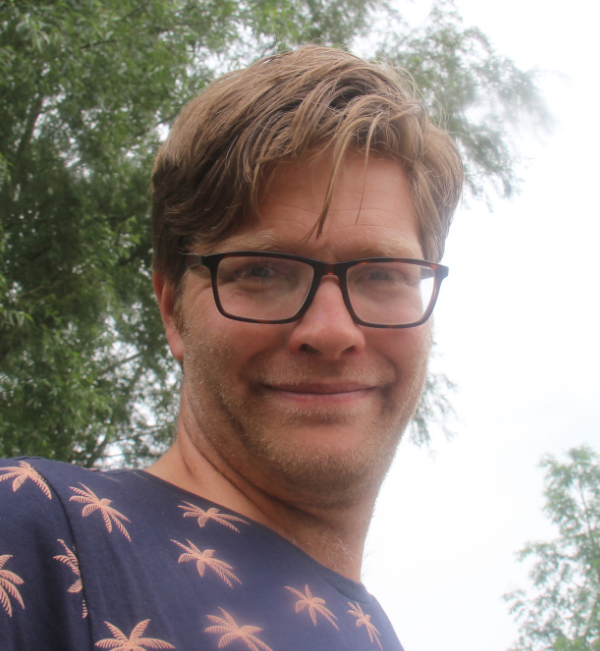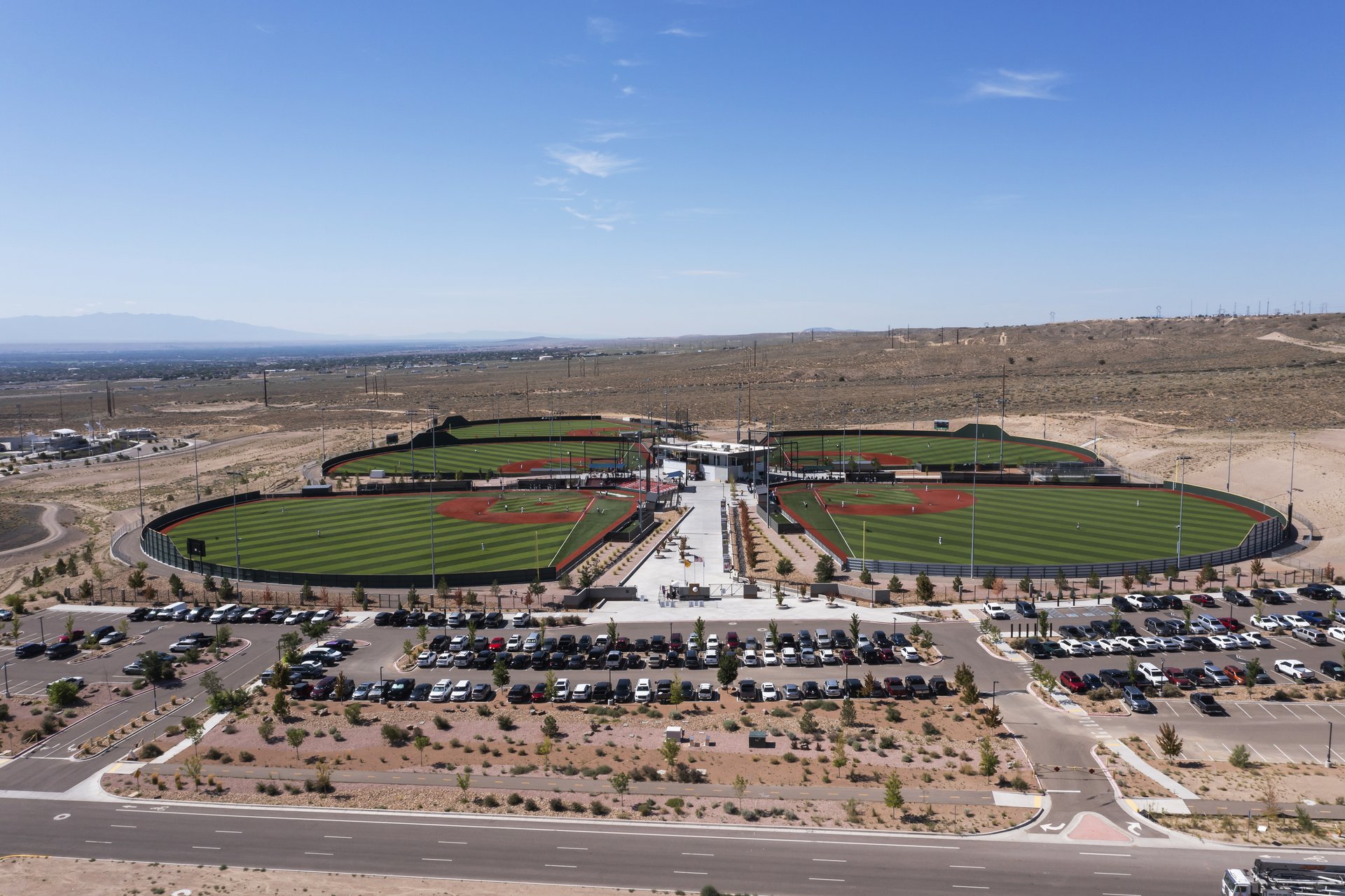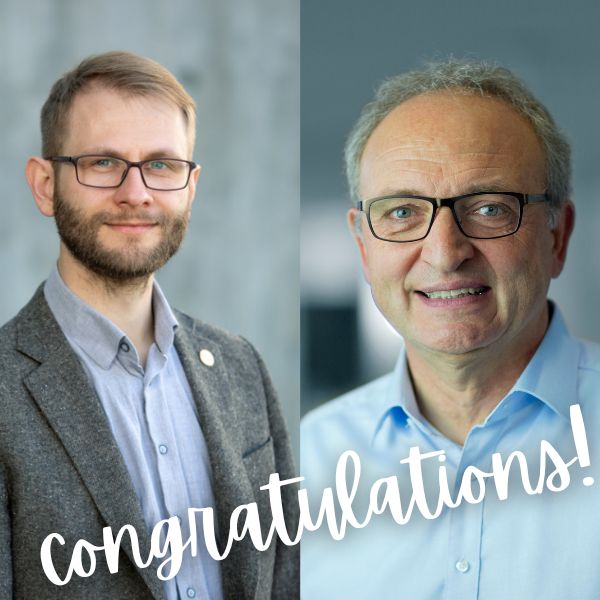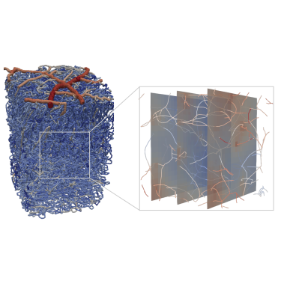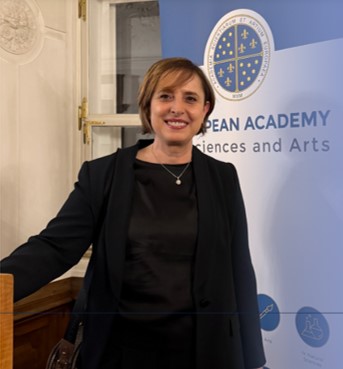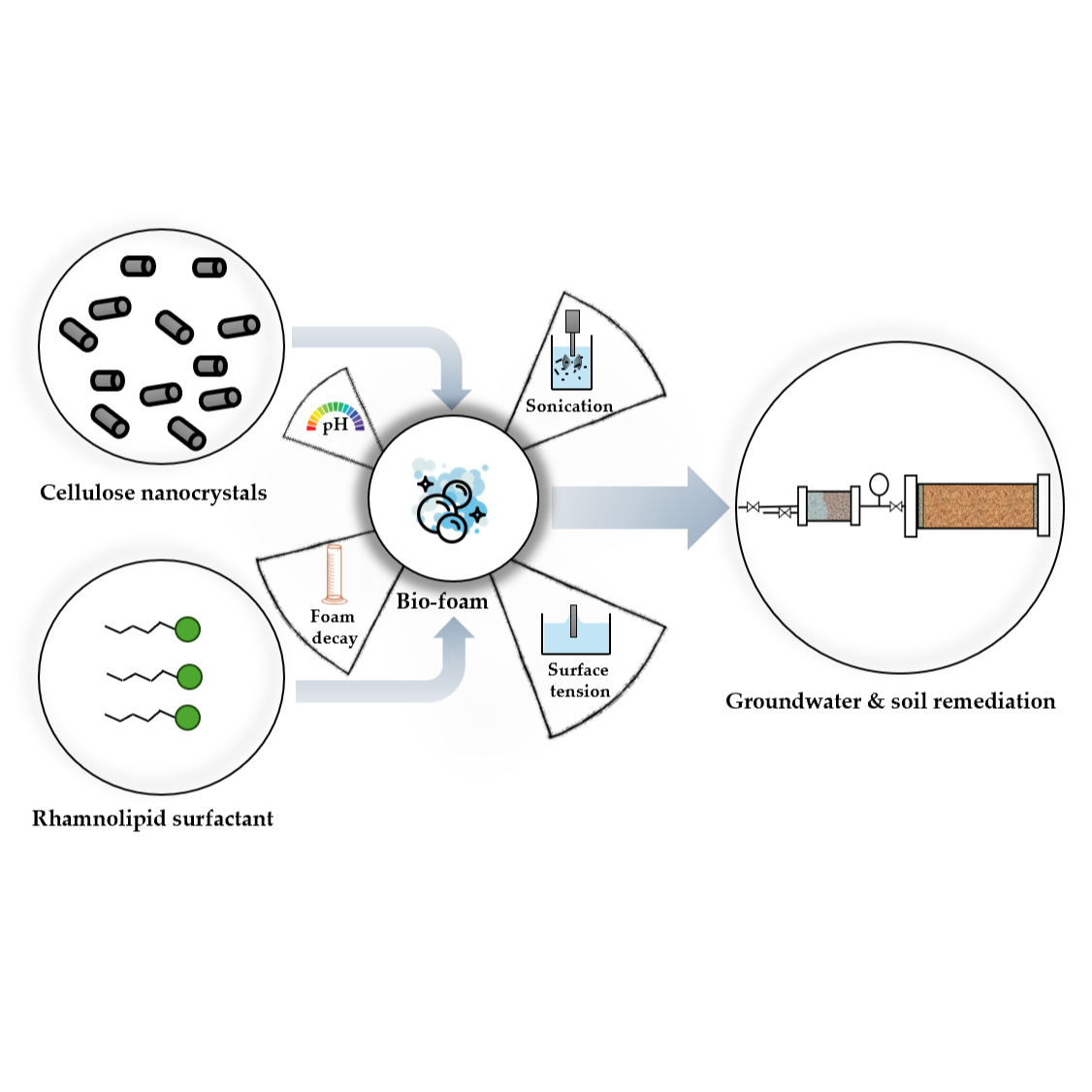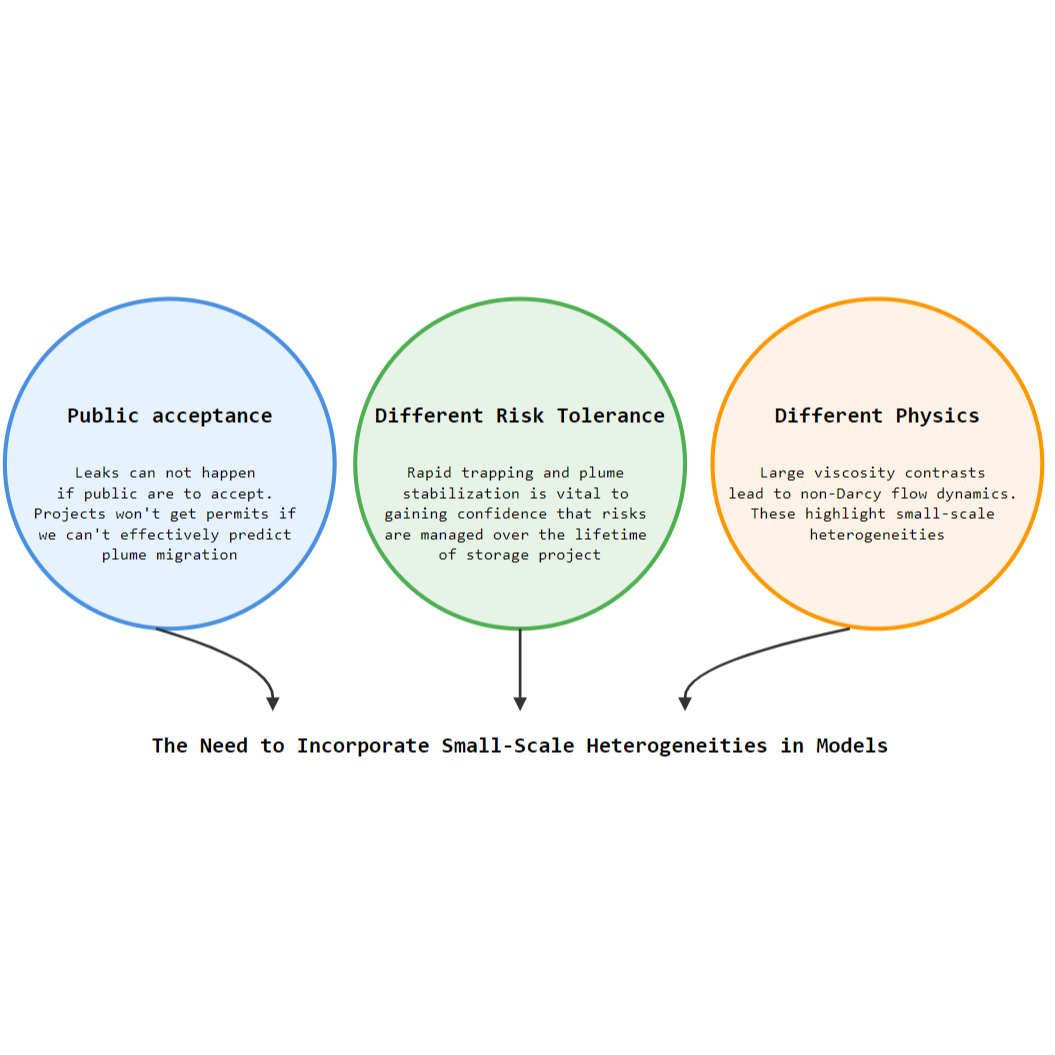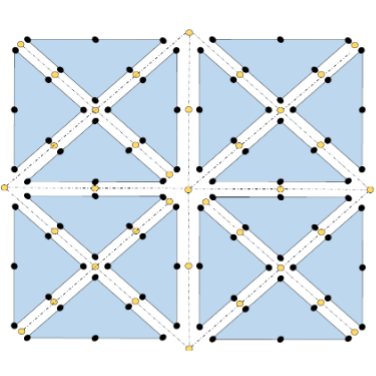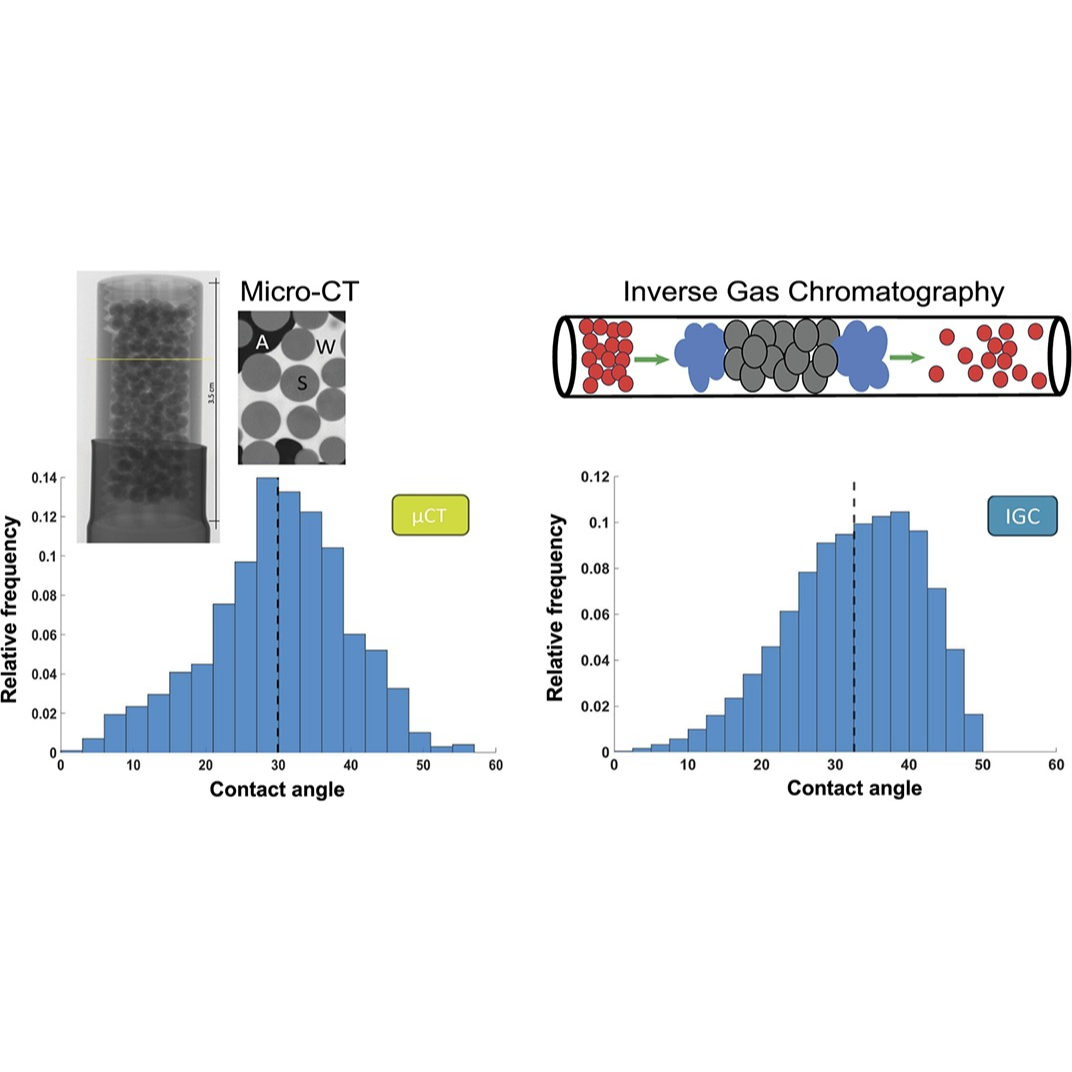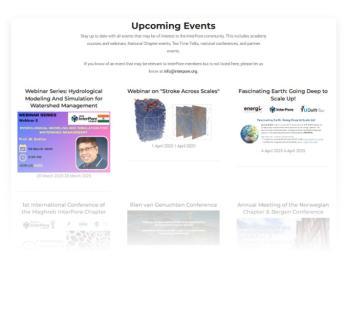
InterPore News featuring lots of scientific highlights
Sent on: 11-12-2025
|
|
|
|
|
Our Sponsors |
|

|
|
|
 Maghreb National Chapter
14-16 April 2025, Monastir, Tunisia We are excited to invite you to the inaugural Maghreb InterPore Conference, a landmark event uniting leading researchers from the Maghreb, Mediterranean, and international communities. This conference provides a unique platform to exchange insights, foster collaborations, and explore the latest advancements in porous media research. |
 India National Chapter
28 March 2025, online The next webinar from the India National Chapter Webinar Series, titled „Hydrological Modeling and Simulation for Watershed Management“ by Prof. Sekhar Muddu, will take place on 28 March 2025 at 2:30 pm. Join us via Google Meet here -- we look forward to your participation! |
Please join us for one of our upcoming Academy Webinars! |
|
|

|
|
|
|
|
|
InterPore Members can promote their publications to the community via the InterPore InJournals Section of the Newsletter. If you wish to do so, please submit your publication highlight to newsletter@InterPore.org. Clearly indicate which of the authors is an InterPore member (or the institute with an Institutional Membership). Note that we will not review the entries nor does InterPore endorse the published work. Furthermore, we publish on a “submitted first, published first” basis. The highlighted publication should be no older than 6 months (available online).
The highlight should be short (max 100 words) and contain an illustration. Please note that we offer this opportunity exclusively to InterPore members. If you would like to become a member, please have a look here.
If you have a job opening in your institute and would like to promote it internationally, please send the description and weblink or PDF to newsletter@interpore.org, and we'll be happy to add it to the list.
It is also possible to post the position on the InterPore website. Log in through MyInterPore and click "Submit A Job Opening."
Last but not least...
CorrectionIn the newsletter edition sent on 14 March 2025, InterPore2025 Invited Speaker Linda Abriola’s affiliation was unfortunately erroneously published as Tufts University. In fact, she has been affiliated with Brown University since January 2021. We apologize for this error. |
Imprint
If you would like to subscribe to the Newsletter, please register on our website
InterPore News, www.interpore.org, published in electronic form by International Society for Porous Media (InterPore) circulated free of charge to members and non-members of InterPore.
Articles and news items on the study and characterization of porous media, especially when relevant to other types of porous media, are welcomed for publication in this newsletter, issued twice a month.
Contact us via newsletter@interpore.org
Find us on LinkedIn | Facebook | Twitter | Instagram
Editors
Matthijs de Winter (Editor in Chief)
Leslie Jakobs (Managing Editor)
Lars Bilke (Production Officer)
Lynn Scheyer (Assistant Editor, Research Spotlights)
Serveh Kamrava (Assistant Editor, Social Media)

